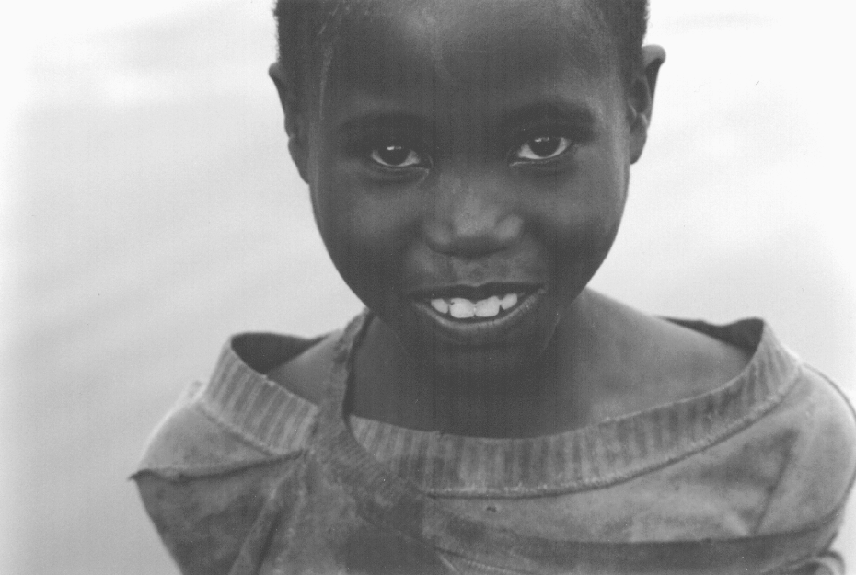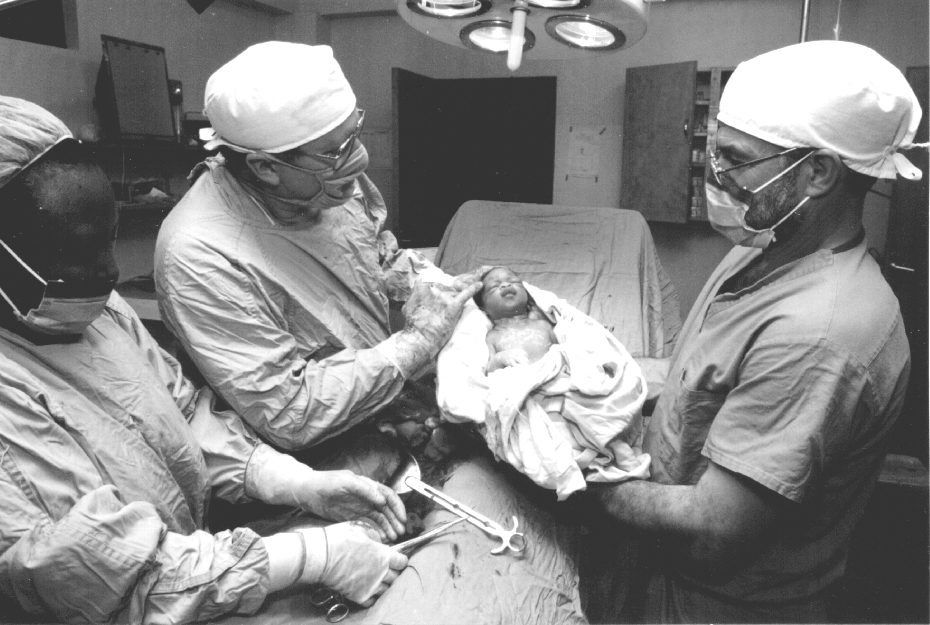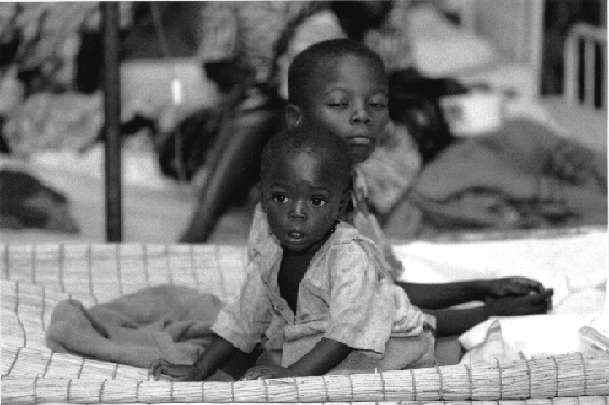
Site search Web search Search this site or the web powered by FreeFind










 Don't forget to bookmark this page!
Don't forget to bookmark this page!Share this page with a friend!
Click here to link to us.
Scripture, Children, Romania, Bible, Evangelism, Humanitarian Aid, Medical, Doctors, Christian, Romania, Kurd Evacuation, Rwanda, Reconciliation, Scripture, Children, Romania, Bible, Evangelism, Laurent J. La Brie, Moldova, Humanitarian Aid, Go Ye Fellowship, Medical, Doctors, Christian, Romania, Kurd Evacuation, Rwanda, Reconciliation, Job, Employer, Search, Laurent J. La Brie, Moldova, Humanitarian Aid, Medical, Doctors, Christian, Romania, Kurd Evacuation, Rwanda, Reconciliation, Job, Employer, Search, Laurent J. La Brie
 Rwanda Trip Report
Summary
Rwanda Trip Report
Summary
November-December 1996
Northwest Medical Teams
 Photos by Joel Preston Smith
Photos by Joel Preston Smith
Laurent J.
La Brie II, Disaster Relief Coordinator
Objective.
To provide medical assistance in Rwanda in light of the return of about one million refugees.
Achievements.
Reality hit me early most mornings in Kigali. I couldn’t walk 10 meters out the door of the guesthouse without seeing a group of children 10-, 9-, 7- years old, sitting on ragged pieces of cardboard with beer cans to their faces. It took a while before I realized that they were not drinking alcohol but sniffing glue. This is their way of dealing with the trauma of witnessing the death of dozens--friends, family members, parents. Their prognosis is dim. If their minds don’t rot out from the hallucinogens they inhale, then they will likely fall victim to AIDS.

Yet, I’m sure what faced me was nothing in comparison to what our team saw every morning in Kibogora Hospital. Dr. Peterson was the first OB/GYN doctor there in 3 years. There was only one hospital and two doctors for 150,000 people. A similar population in South Africa would have 90 doctors and the US 400. In Kibogora, it was 2. Despite having 1/200ths of the medical staff of an American hospital, each day they had to face a malaria epidemic with 40 new cases, 60 new dysentery patients, 40 pneumonia patients, 100 new malnutrition cases, and 30 new patients with parasites. Compound that with Dr. Huff’s opinion that an estimated 80% of all the patients had AIDS.
Part of the fulfilling work was that the medical team was also able to deliver 3 babies a day. Nine of the deliveries were by Cesarean--babies which would not have survived had our team not been there. One mother in particular had already delivered 2 babies still-born. Compared to the workload of U.S. doctors who earn six-figure incomes, the accomplishments of our team of volunteers are staggering.
Although the Kibogora Hospital cannot test for the disease, the staff believes that the reason so many are dying from malaria and tuberculosis is because they are HIV positive. Estimates are that 50% of the population are infected with AIDS. Sexual addiction is as prevalent as drug addiction.
Many racial reconciliation programs existed before the year of 1994. What is being ignored is that this violence inflicted many Rwandans with Post-Traumatic Stress Syndrome. The killing which racial reconcilation programs attempted to prevent is actually a visual manifestation of the violence which festered in the minds of the people. As Dr. Larry Crabb points out, our actions are a result of our mental processes like the visible part of an iceberg are a result of the invisible ice pushing up towards the surface. To prevent a disaster from recurring in Rwanda, the populace must deal with what is below the level of visible action--the anger and violence which dwells in the hearts and minds of the Rwandan people.
 It is our
Christian duty to help those in need and there are none needier than
the residents of this country. We must care for their medical needs,
physical and psychological.
It is our
Christian duty to help those in need and there are none needier than
the residents of this country. We must care for their medical needs,
physical and psychological.
I’d like to take this time to thank Megan Grogan for putting together a great team and all the rest of you who supported me out there. Northwest Medical Teams had a lot of "firsts" in Rwanda and had it not been for a Management Team that listened to my reports, it could have been embarrassing. As our team reports state, the situation was very different from what was portrayed in the news. The Wall Street Journal carried an article where some humanitarian organizations were complaining that the government was keeping them from helping the refugees. I responded with a letter to the editor that outlined how many groups were perpetuating the refugee crisis by making life better for refugees than for the working people. The government of Rwanda was merely requiring organizations to work with them and within the system so that aid would not destroy their economy. One organization sent ORS solution for tens of thousands of people and then sent it somewhere else for lack of patients. Another organization set up a hospital for the cholera epidemic that was reported in the media. When I visited there during week 1 of our team, the hospital was totally empty. They told me, "We are closing down tomorrow, unless... we could admit you."
Rwanda Mission 1996
Team StatisticsMedical team members deployed Total Workdays Value of Service and supplies Cost to NWMTI Epidemiology StatisticsHIV Anemia Malaria Malnourished Spiritual AchievementsBibles Donated New Testaments Donated |
Medical AchievementsOutpatients Surgeries Deliveries: Vaginal Cesarean Total Inpatients: Daily Admissions: Malnutrition Dysentery Malaria Pneumonia Parasites Abscesses |

